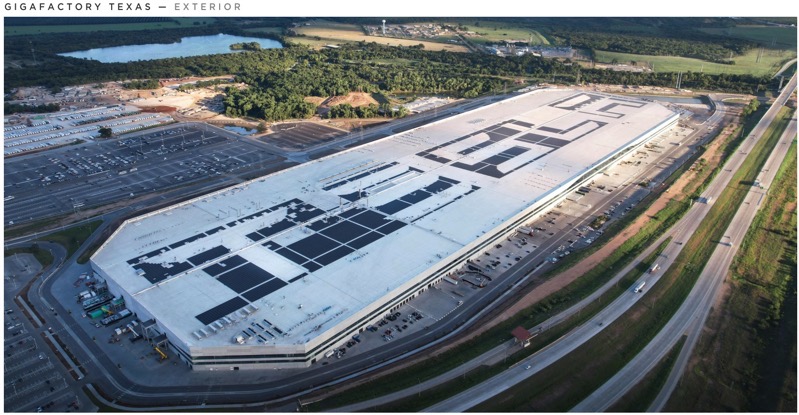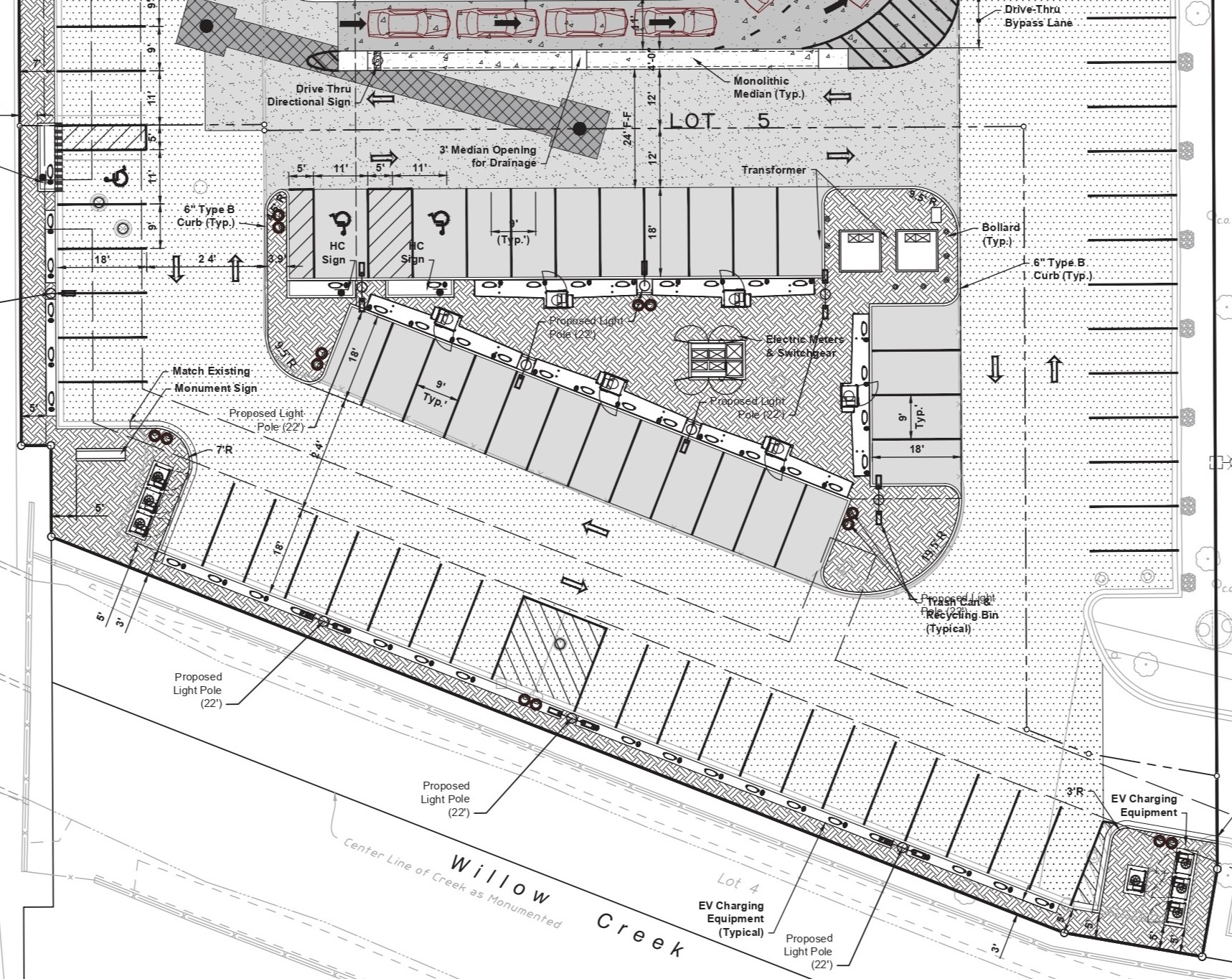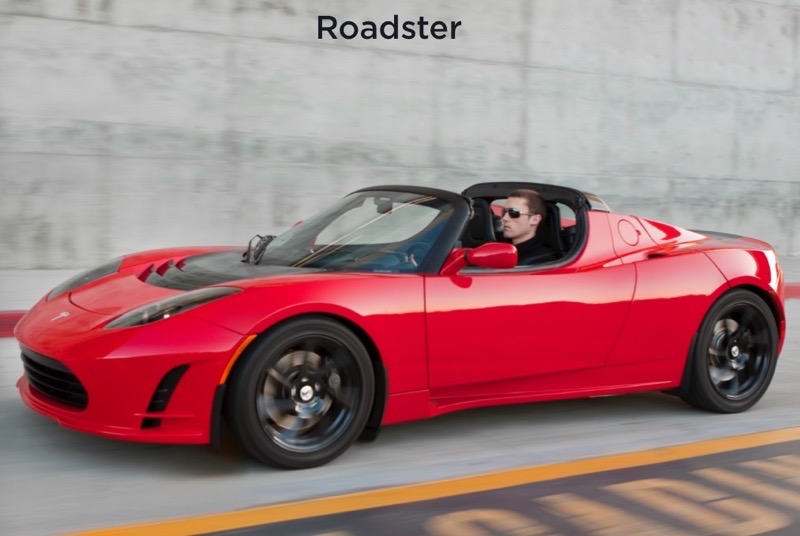
Tesla Potential to Be Worth More Than Apple and Saudi Aramco Combined: Musk

According to Tesla CEO Elon Musk, on the company’s Q3 earnings call, he now sees the potential for the company to be worth more than Apple and Saudi Aramco, combined.
Musk said at the beginning of the call he believes it is possible for Tesla to be worth more than Apple, but it will require “incredible execution.”
“I now have the opinion that we can far exceed Apple’s current market cap. I see a potential path for Tesla to be worth more than Apple and Saudi Aramco, combined,” explained Musk. “So now that doesn’t mean it will happen or that it will be easy. It will be difficult and require a lot of work and some very creative new products and expansion,” he added.
Later in the earnings call, Musk said his prediction above about Tesla being worth more than Apple and Saudi Aramco combined, “wasn’t including Optimus,” the company’s robot powered by Full Self-Driving hardware.
After the earnings call, Musk reiterated on Twitter the feat “will require truly exceptional execution, but it is possible.”
Will require truly exceptional execution, but it is possible
— Elon Musk (@elonmusk) October 19, 2022
“This is the first time I’m seeing that potential,” said Musk, referring to Tesla being able to be worth roughly twice the size of Saudi Aramco, currently which has a market cap of $2.09 trillion.
Apple has a market cap of $2.31 trillion at the moment. Tesla’s current market cap is $695 billion, which is 30% of Apple’s market cap. Musk believes Tesla’s market cap can be worth over $4 trillion (2x Saudi Aramco) or over $4.3 trillion (roughly Apple and Saudi Aramco market caps combined).
Musk said he believes Tesla has “the most exciting product portfolio of any company on Earth,” adding “we’re in the final lap for Cybertruck. We’re building the Cybertruck line at Giga Texas.” In Q3, Cybertruck reached the “tooling” stage of development.
Earlier today, Tesla announced a record Q3 with $21.4 billion in revenue, along with new highs for vehicle production and deliveries, with the latter only limited at the end of the quarter because there were not enough boats and cargo trucks to transport vehicles to delivery centers.

